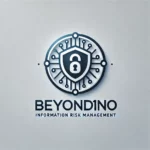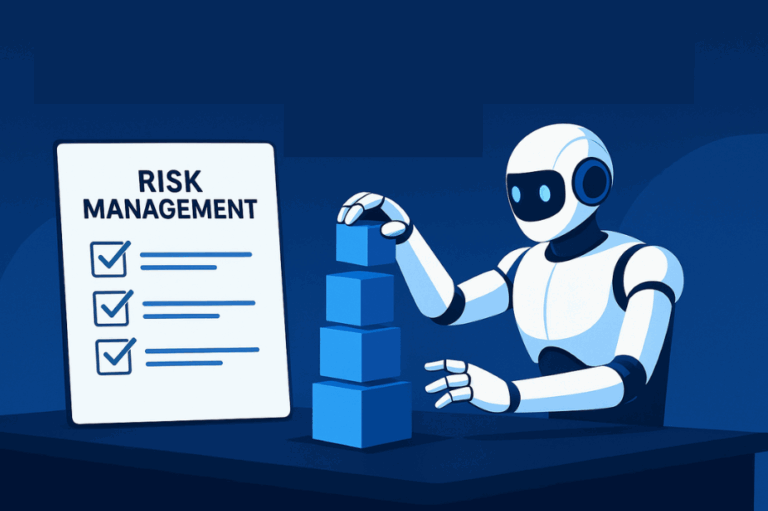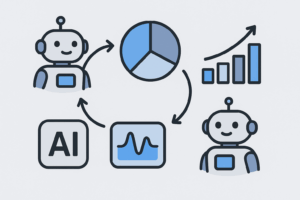When it comes to AI governance, most organizations start with checklists.
Bias testing? ✔️
Model validation? ✔️
Access controls? ✔️
But here’s the problem: checklists don’t build resilience. They only confirm that you looked once.
AI is dynamic — it drifts, scales, and adapts faster than human oversight cycles. A once-a-quarter checklist can’t keep pace. What organizations actually need is a risk management culture where awareness, escalation, and accountability become daily habits — not annual audits.
🧩 Why Checklists Alone Aren’t Enough
Checklists create a false sense of security.
They’re static in a dynamic environment.
They encourage “compliance theater” (filling boxes instead of managing risks).
They often leave ownership gaps: everyone assumes someone else is responsible.
A 2022 Harvard Business Review piece highlighted this issue: companies with robust compliance documentation still failed AI fairness tests when deployed in the wild (HBR: AI Ethics in Practice).

⚠️ Case Study: The Zillow Algorithm Collapse
In 2021, Zillow shut down its AI-powered home-buying business after losing $500 million in a single quarter (CNN coverage).
The reason? Its algorithm consistently overestimated home values.
Zillow had risk controls in place, but they were checklist-driven — test before launch, review quarterly. By the time the failures were detected, the company was holding thousands of overpriced properties.
This wasn’t just a model error — it was a cultural failure:
Teams trusted the algorithm over market signals.
Risk concerns weren’t escalated fast enough.
Governance was reactive, not proactive.
🌱 What a Proactive AI Risk Culture Looks Like
Building a risk-aware culture doesn’t mean throwing away checklists — it means going beyond them.
Here’s how:
Normalize Risk Conversations
Risk isn’t a compliance afterthought — it’s a daily dialogue between data scientists, risk managers, and business leaders.
Encourage “safe-to-speak-up” reporting when anomalies appear.
Escalation as Muscle Memory
In a healthy risk culture, escalation isn’t a sign of failure — it’s a sign of maturity.
Clear playbooks + psychological safety = faster response.
(See: AI Risk Registers: What to Track, Measure, and Escalate in 2025).
Embed Human Oversight as a Daily Layer
Automated monitoring is critical, but it doesn’t replace judgment.
Human oversight must be continuous, not quarterly.
(We explored this in The Human Oversight Layer: Why AI Governance Needs More Than Just Automation).
Learn From Incidents (Not Just Avoid Them)
Every AI incident — bias, drift, misfire — is a chance to strengthen governance.
The organizations that grow are the ones that see failures as data, not disasters.
🔄 From Checklist → Culture
Here’s the mindset shift:
Checklist thinking: “We validated the model once, so it must be fine.”
Risk culture thinking: “We know the model will evolve — how do we continuously learn, adapt, and escalate when needed?”
Proactive cultures don’t eliminate mistakes — they catch them early and recover faster.
✅ Practical Takeaways for Leaders
Audit your culture, not just your models.
Do teams feel safe flagging issues?
Do escalations happen fast?
Tie governance into daily ops.
Move from quarterly reviews to continuous monitoring.
Invest in risk awareness training.
Everyone — not just compliance — should understand how AI can fail.
Because at the end of the day, checklists reduce risk on paper.
Cultures reduce risk in reality.




